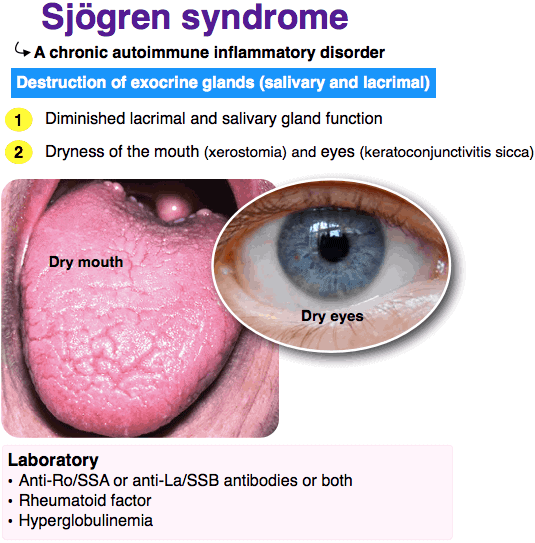Introducing the New Internal Medicine Shelf Exam Qbank

The Internal Medicine Shelf Exam Qbank is now available for medical students preparing for their Internal Medicine Advanced Clinical (Shelf) Exam.
Topics are compatible with the actual NBME® Internal Medicine Advanced Clinical Exam.
System
- General principles 5–10%
- Immunologic disorders 1–5%
- Diseases of the blood 5–10%
- Mental disorders 1–5%
- Diseases of the nervous system 5–10%
- Cardiovascular disorders 10–15%
- Diseases of the respiratory system 10–15%
- Nutritional and digestive disorders 10–15%
- Female reproductive system 1–5%
- Renal, urinary, male reproductive system 5–10%
- Diseases of the skin 1–5%
- Musculoskeletal and connective tissue disorders 1–5%
- Endocrine and metabolic disorders 8–12%
Physician task
- Promoting health and health maintenance 5–10%
- Understanding mechanisms of disease 5–10%
- Establishing a diagnosis 35–45%
- Applying principles of management 40–50%
Site of care
- Emergency department 20–30%
- Inpatient 70–80%
Patient age
- 17 to 65
- 66 and older
The Internal Medicine Shelf Exam Qbank contains 500+ questions, comprehensive explanations, custom teaching images, and One Step Further Questions/Answers.
Here is an example:
A 59-year-old man presents complaining of joint pain. He has had muscle and joint pain for six months. He also complains of decreased exercise tolerance due to new shortness of breath. He occasionally has dry eyes. His medical history is notable for hyperlipidemia for which he takes atorvastatin. He smokes one pack of cigarettes daily. He drinks three beers per week. He denies drug use. His temperature is 98.9°F, blood pressure 134/78 mm Hg, pulse 78 bpm, respiratory rate 17/min. On examination, inspiratory and expiratory crackles are appreciated at the lung bases. A 2/6 systolic murmur is best heard at the right upper sternal border. His nasal septum is midline. His mouth is dry and without oral lesions. No cervical or supraclavicular lymphadenopathy is appreciated. His abdomen is soft and nontender. No lower extremity edema is appreciated. He has 350,000 platelets/µL, hemoglobin is 12.8 g/dL, creatinine is 1.3 mg/dL. Antinuclear-antibody is positive. Anti-SSB/La antibodies are positive. A chest X-ray is notable for reticular markings throughout the intrathoracic space. Which of the following is the most likely diagnosis?
A. Mixed connective tissue disorder
B. Scleroderma
C. Sjögren syndrome
D. Systemic lupus erythematosus
This patient’s constellation of signs, symptoms, and laboratory findings is most consistent with Sjögren syndrome, an autoimmune condition due to destruction of cells in lacrimal, parotid, and minor salivary glands. Patients may present with keratoconjunctivitis sicca and dry mouth. Extraglandular manifestations include palpable and nonpalpable purpura, symmetrical arthralgia and arthritis, myalgia, symptoms of polymyositis, interstitial pneumonitis, pericarditis, and pulmonary hypertension, among others. The condition may be confirmed on biopsy of the salivary gland which may reveal anti-SSA/Ro and anti-SSB/La. Nonsteroidal anti-inflammatory drugs, hydroxychloroquine, glucocorticoids, azathioprine, leflunomide, and methotrexate may be used for management.
Mixed connective tissue disorder (A) is an autoimmune condition characterized by elevated levels of anti-U1 ribonucleoprotein and patients may present with swollen hands, myositis, synovitis, and Raynaud phenomenon. Scleroderma (B) is an autoimmune condition characterized by fibrosis of almost any organ system and most commonly the kidneys, esophagus, heart, and lungs. The presence of anti-topoisomerase I antibodies and anti-RNA polymerase I/II is characteristic of scleroderma. Systemic lupus erythematosus (D) is an autoimmune condition most commonly affecting the brain, blood, and kidneys. Anti-double-stranded DNA antibodies may be present.
One Step Further question:
What glomerular pathology may be associated with connective tissue disorders such as systemic lupus erythematosus and Sjogren’s syndrome?
Answer:
Membranoproliferative glomerulonephritis.
Study on…
The Rosh Review Team
A bolus of confidence. A lifetime of knowledge.
Rosh Review, LLC is not sponsored or endorsed by, or affiliated with, the National Board of Medical Examiners (NBME). All trademarks are the property of their respective owners.






Comments (0)